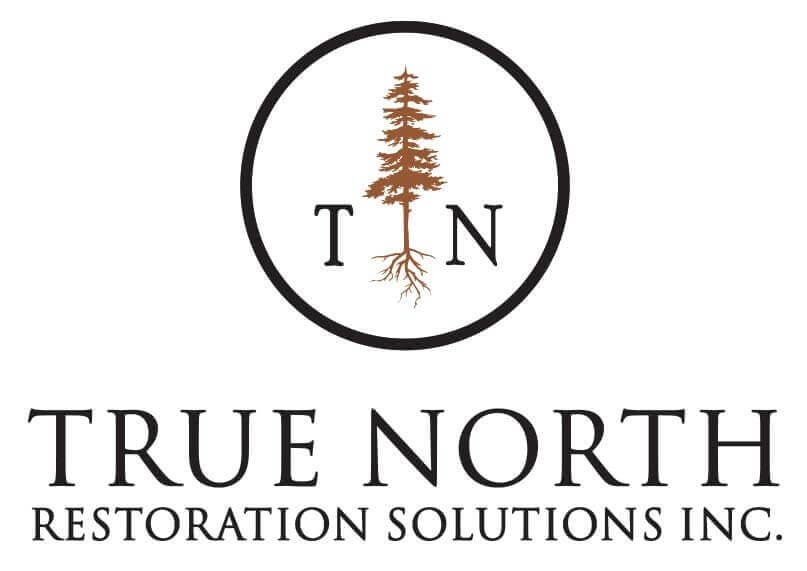How to Prevent Insect Damage to Logs?
As a proud log home owner, you’ve likely invested a significant amount of time, effort, and resources into creating your dream abode. However, one potential threat that can undermine the structural integrity and aesthetic appeal of your log home is insect damage. From wood-boring beetles to carpenter ants, these tiny pests can wreak havoc on your log walls, compromising the longevity and value of your investment. Fortunately, with the right preventive measures and regular maintenance, you can protect your log home from insect infestations and ensure its lasting beauty. In this comprehensive guide, we’ll explore proven strategies to keep your home best prepared for preventing insect damage to logs.
Understanding the Log Home Insect Culprits
Before we dive into prevention methods, let’s familiarize ourselves with the most common insect threats to log homes:
Wood-Boring Beetles
- Powderpost Beetles
- Old House Borers
- Ambrosia Beetles
Termites
- Subterranean Termites
- Drywood Termites
Carpenter Ants
These insects can cause significant damage by tunneling through the wood, leaving behind unsightly holes and compromising the structural integrity of your log home.
Proactive Insect Damage to Logs Prevention
The key to safeguarding your log home lies in implementing proactive prevention measures. Here are some effective strategies to consider:
Choose the Right Log Species
Certain wood species are naturally more resistant to insect infestations than others. When building or restoring your log home, consider using insect-resistant varieties like:
- Cedar
- Cypress
- Redwood
- Teak
Apply Borate-Based Wood Preservatives
Borate-based wood preservatives are highly effective in deterring a wide range of wood-boring insects and fungi. These environmentally friendly treatments can be applied during the construction or restoration process, providing long-lasting protection.
Maintain Proper Ventilation and Moisture Control
Insects thrive in damp, poorly ventilated environments. Ensure your log home is well-ventilated, and promptly address any moisture issues, such as leaks or condensation, to create an inhospitable environment for pests.
Ongoing Maintenance and Inspection
Prevention is only half the battle. Regular maintenance and inspection are crucial to detecting and addressing any potential insect infestations before they escalate.
Conduct Routine Inspections for Insect Damage to Logs
Regularly inspect your log home, paying close attention to areas prone to moisture accumulation, such as:
- Crawl spaces
- Attics
- Bathrooms
- Kitchens
Look for signs of insect activity, including:
- Exit holes
- Sawdust piles
- Tunnels or galleries in the wood
Promptly Address Any Issues
If you notice any signs of insect infestation, don’t hesitate to seek professional help from a reputable log home restoration company like True North Restoration. Early intervention can prevent further damage and save you from costly repairs down the line.
Frequently Asked Questions
How often should I inspect my log home for insect damage to logs?
It’s recommended to conduct a thorough inspection at least twice a year, ideally in the spring and fall. However, if you notice any signs of insect activity, it’s best to investigate immediately.
Can I treat an insect infestation myself?
While there are DIY treatments available, tackling an insect infestation can be challenging and may require specialized knowledge and equipment. It’s often advisable to seek professional assistance from a reputable log home restoration company to ensure thorough and effective treatment.
How can I prevent future infestations after treating my log home?
Implement the proactive prevention strategies discussed in this article, such as using insect-resistant log species, applying borate-based wood preservatives, and maintaining proper ventilation and moisture control. Additionally, schedule regular inspections and address any issues promptly.
Are borate-based wood preservatives safe for my family and pets?
Yes, borate-based wood preservatives are considered safe for humans and pets when used according to the manufacturer’s instructions. They are environmentally friendly and do not emit harmful fumes or odors.
About the Author
This informative blog post was brought to you by True North Restoration, a premier log home restoration company based in Ontario, Canada. With over 30 years of experience, their team, led by owner Brad Schultz, is dedicated to preserving the beauty and integrity of log homes across the region. True North Restoration specializes in log home restoration, repair, and maintenance, ensuring your cherished abode remains a safe and stunning retreat for years to come.
By following the strategies outlined in this guide and enlisting the expertise of True North Restoration, you can safeguard your log home from insect damage and enjoy its warmth and charm for generations to come. See our GMB to see where we service.
